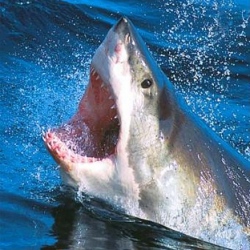
Paleontologists have documented the evolutionary adaptations necessary for ancient lobe-finned fish to transform pectoral fins used underwater into strong, bony structures, such as those of Tiktaalik roseae. This enabled these emerging tetrapods, animals with limbs, to crawl in shallow water or on land.
But evolutionary biologists have wondered why the modern structure called the autopod, comprising wrists and fingers or ankles and toes, has no obvious morphological counterpart in the fins of living fishes.
In the Dec. 22, 2014, issue of the Proceedings of the National Academy of Sciences, researchers argue previous efforts to connect fin and fingers fell short because they focused on the wrong fish.
Instead, they found the rudimentary genetic machinery for mammalian autopod assembly in a non-model fish, the spotted gar, whose genome was recently sequenced.
"Fossils show that the wrist and digits clearly have an aquatic origin," said Neil Shubin, PhD, the Robert R. Bensley Professor of organismal biology and anatomy at the University of Chicago and a leader of the team that discovered Tiktaalik in 2004. "But fins and limbs have different purposes.
They have evolved in different directions since they diverged. We wanted to explore, and better understand, their connections by adding genetic and molecular data to what we already know from the fossil record."
Initial attempts to confirm the link based on shape comparisons of fin and limb bones were unsuccessful. The autopod differs from most fins. The wrist is composed of a series of small nodular bones, followed by longer thin bones that make up the digits. The bones of living fish fins look much different, with a set of longer bones ending in small circular bones called radials.
